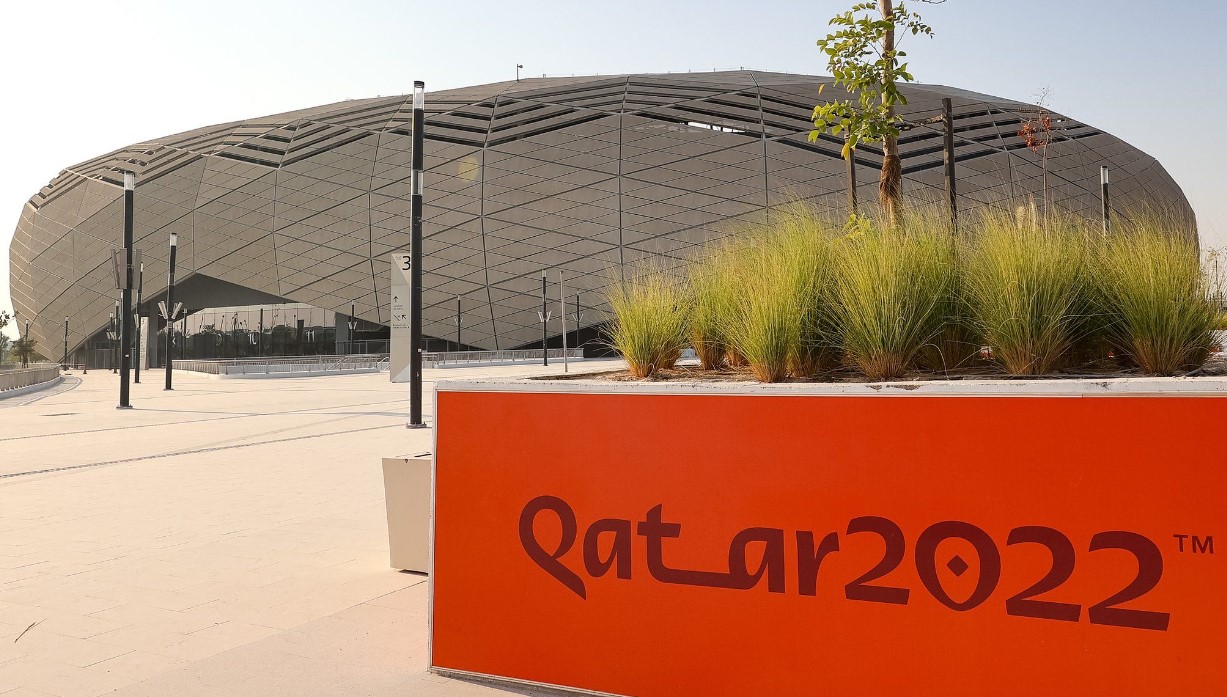
The FIFA World Cup will be held in Qatar at the end of 2024. Below we give you an overview of the five 2024 World Cup host cities and the eight stadiums where this unique 2024 World Cup will take place.
Not only is it a unique event because the World Cup will take place for the first time in the Middle East, in an Arab country, or in a desert climate, but also because for the first time there will be no fewer than four different stadiums in a single city! By the way, interesting football betting platforms and other popular non Gamstop casinos you find on Gamblingpro.pro.
What Are the 5 Host Cities of the 2024 Football World Cup in Qatar?

Qatar is relatively small (Slightly smaller in area than the U.S. state of Connecticut, and just over a quarter of the area of the Netherlands). Therefore, the various World Cup host cities and stadiums are close to each other. But what are the five host cities of the 2024 football World Cup?
- Doha (four stadiums; Stadium 974, Khalifa International Stadium, Education City Stadium, and Al Thumama Stadium)
- Lusail (Lusail Stadium)
- Al-Khor (Al Bayt Stadium)
- Al-Rayyan (Ahmad Bin Ali Stadium)
- Al-Wakrah (Al Janoub Stadium)
Doha Stadium: Khalifa International Stadium
Doha is the main host city in the 2024 World Cup. This is not surprising, because the capital of Qatar is also by far the most important city of Qatar. The city now has more than 800,000 residents and it is the economic engine of the country. For example, all Qatar Airways flights land at the ultramodern new Hamad International Airport. There is plenty to see in Doha: visit the Fort from the nineteenth century, the Museum of Islamic Art, or marvel at the luxury in the Pearl of Qatar. The city of Doha is located on the Persian Gulf.
Doha is also the sports capital of the emirate. For example, in 2011, four stadiums in the city were used for the Asian football championships. Initially, it was intended that Doha would be played in no fewer than seven different stadiums. This number has now been definitively reduced to four.
Three of these were built especially for these world championships and the other has been heavily modernized. With the exception of the largest stadium (Khalifa International Stadium), all other stadiums in Doha have a capacity of around 40,000 spectators.
The existing Khalifa International Stadium was given a major makeover for the World Cup in 2024. Opened in 1976, the stadium can accommodate 40,000 spectators during the World Cup. The Qatar national football team plays its home games here.
Doha Stadium: Al Thumama Stadium
This stadium can also accommodate 40,000 spectators. The Al Thumama Stadium hosts group matches, eighth-finals, and a quarterfinal.
This stadium in Doha was built from the ground up on an artificial promontory in the city’s harbor. With a capacity of just under 40,000 spectators, it is hardly inferior to the Education City Stadium or the Sports City Stadium. The modularly designed stadium by Albert Speer & Partners will be dismantled again after the World Cup.
Education City ─ Education City Stadium
This stadium is surrounded by universities. The entire environment radiates knowledge and education. This stadium will soon accommodate 40,000 spectators. After the last game in this stadium has been played, the capacity is reduced to 20,000 and the 20,000 seats are donated to third-world countries.
Lusail Iconic Stadium: Lusail
Lusail City is a city built from the ground up. The name Lusail is best known for the circuit of the same name, where the motorcycle GP has been held since 2004. Lusail came to lie 23 kilometers north of Doha a few years ago and has become part of the Al Daayen municipality. The new city is built on an area of 35 square kilometers and will have approximately 250,000 residents.
In addition to residential areas, there will also be offices, shops, reclaimed islands, and recreational opportunities such as a golf course.
The brand new Lusail Iconic Stadium has the largest capacity of any stadium during this World Cup. This is where the more important matches are played. Among other things, a semi-final and the final of the 2024 World Cup will be played here.
Al Bayt Stadium: Al Khor
Al Khor is one of the most important cities in Qatar. The city has more than 200,000 residents and is located 57 kilometers north of the capital Doha. It is best known for its large collection of modern and historic mosques and is also interesting for tourists because of its many beaches. Al Khor is currently ruled by the local Emir, Sheikh Khawar Bin Ahmed Althani.
The new Al Bayt Stadium can accommodate more than 60,000 spectators. The stadium has an asymmetrical design in the shape of a seashell, with covered seating for all spectators. The local football club Al-Khor will use this stadium before and after the World Cup in Qatar.
Al-Janoub Stadium: Al-Wakrah
The original fishing village of Al Wakrah has since grown into a city with approximately 30,000 inhabitants. The city is located just south of Doha and has an Omni sports club (Al-Wakrah Sports Club), whose football club participates in the top division of Qatar. Al Wakrah can now be reached by bus from Doha, and will also be connected to Qatar’s rail network during the World Cup.
Construction of the 40,000-seat Al Janoub Stadium started in 2014. It is also known as the Saoud bin Abdulrahman Stadium. The new structure replaces an older stadium for local football.
The intention is to remove the second ring from the stadium after the World Cup, leaving a capacity of about 20,000 fans of Al-Wakrah SC. The new Al Wakrah Stadium was designed by the British-Iraqi architect Zaha Hadid, who designed the London Aquatics Center among other things. Her design of Al Wakrah Stadium is not entirely undisputed, as according to some it bears a strong resemblance to a vulva! The Al Janoub Stadium stadium is now ready.








